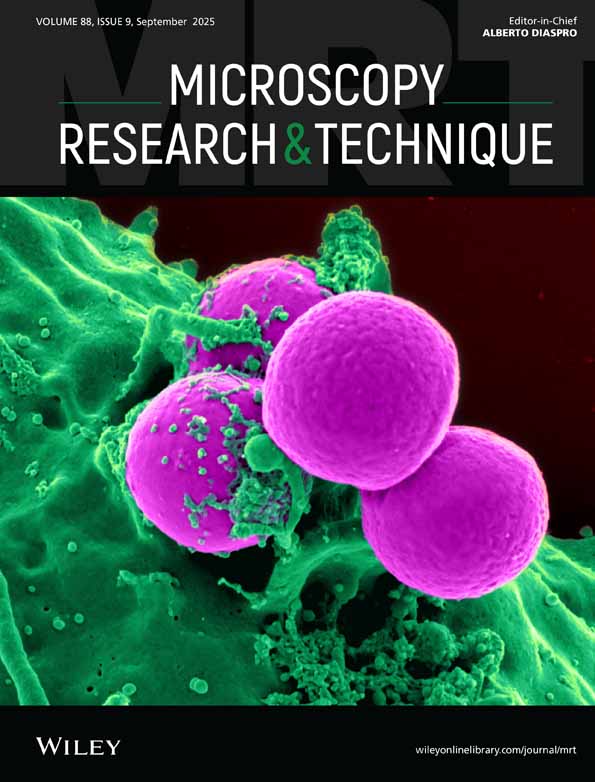Electron microscopy study of twin behavior in GdBa2Cu3Ox and YBa2Cu3Ox
Abstract
Twins are ubiquitous in the perovskite superconductors. They form during cooling from high temperatures through the tetragonal-to-orthorhombic phase transformation. Their behavior has been studied by transmission electron microscopy using a liquid-nitrogen-cooled specimen holder. It is observed that extra twins sometimes form in coarse-twinned regions to give a “refined” twin structure; this is thought to be induced by thermal stresses from the electron beam. Prolonged electron irradiation (with little beam heating) results in transformation to tetragonal with a loss of the twin structure; this is probably due to disordering of the oxygen sublattice by knock-on displacement. The same transformations can be induced by deliberate electron beam heating. In both cases the twinned orthorhombic structure can be restored by re-ordering of the oxygen ions, in the first case by removing the beam and in the second case by allowing the specimen to cool.




